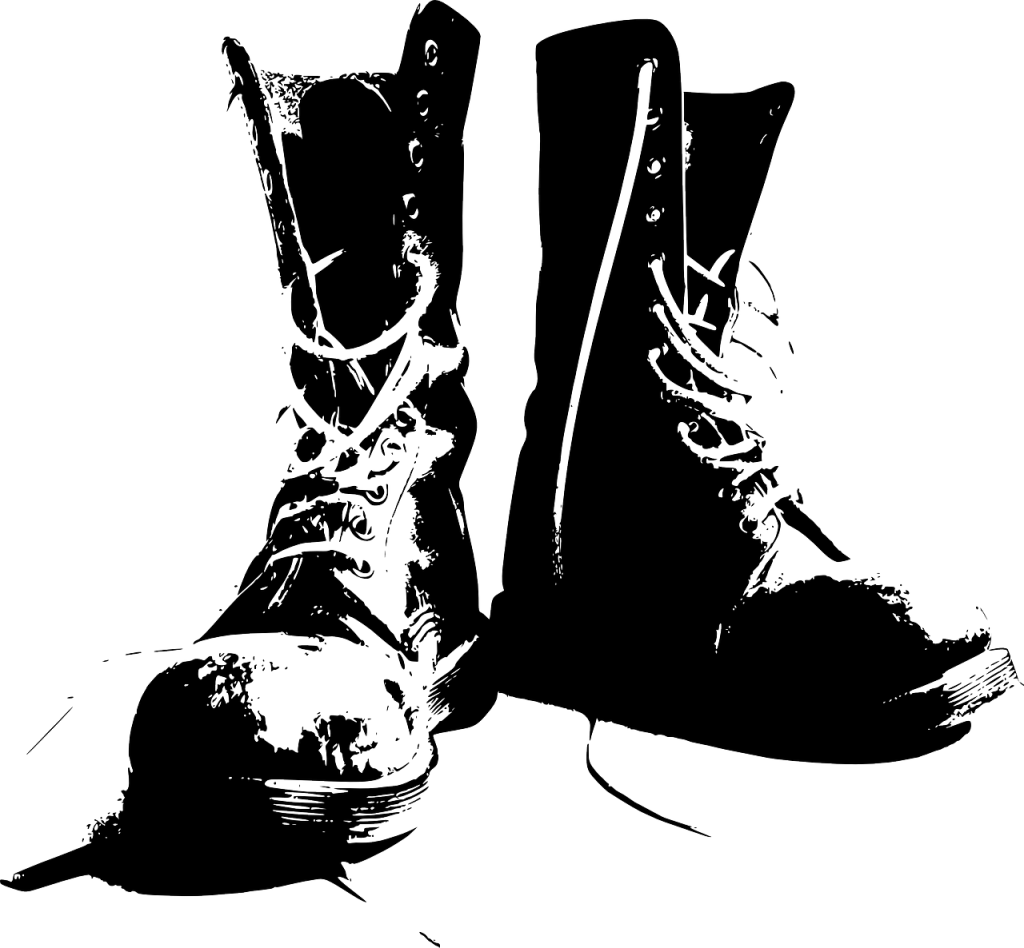Dec
24
I shall open this week’s post by quoting Neal deGrasse Tyson. Tyson is a bestselling author, director of the Hayden Planetarium (part of the Department of Astrophysics at the American Museum of Natural History in New York), and, according to People magazine, the sexiest astrophysicist alive*.
But this post isn’t about astrophysics or sexiness. It’s about banking and bootstraps.
So, anyway, the quote. It’s from Tyson’s address to the University of Massachusetts graduating class of 2015:
It’s OK to encourage others to pull themselves up by their bootstraps. But just remember that some people have no boots.
What brought Tyson’s statement to mind this week was a recent Finextra article entitled, “HSBC offers homeless people bank accounts.” The article says that HSBC …
… is working with charities in the UK to help homeless people who do not have fixed addresses or photo IDs to open bank accounts, which can be managed in branches or online.
More than a wonderful thing to do, it’s a needful thing to do. Finextra continues:
… there are an estimated 320,000 homeless people in the UK, many of whom face financial exclusion because they do not have a fixed address or the appropriate ID needed to open bank accounts.
Backing up that claim was Business Insider, which recently observed, “Financial inclusion has been seen as key for reducing poverty.”
Thing is, if you need a banking relationship to exit poverty and you can’t get a bank account because you’re poor, you’re trapped in a vicious circle. You’re doomed to remain unbanked. Bootless, if you will.
So kudos to HSBC. They might just be offering a bootstrap to the homeless and others struggling with poverty.
In the United States, according to a report by the White House Council of Economic Advisers:
Over half a million people go homeless on a single night in the United States. Approximately 65 percent are found in homeless shelters, and the other 35 percent—just under 200,000—are found unsheltered on our streets (in places not intended for human habitation, such as sidewalks, parks, cars, or abandoned buildings).
Their estimate may be low, for homelessness is a moving target. According to the Urban Institute:
… over the course of a year at least 2.3 million and probably as many as 3.5 million people experience homelessness at least for a short period.
Out of the total U.S. population of 327 million, a half-million or even 3.5 million—about 0.153 and 1.07 percent, respectively—may not seem significant if you view them as cold, hard numbers instead of as people. All I can say is that the moment you imagine yourself or a loved one a member of that population, the number becomes considerably more significant.
The HSBC’s UK program may provide the homeless with “boots.” I’ll be eager for news of the program’s results over time. If a number of homeless grab that strap and use it to begin pulling themselves out of poverty, we in the U.S., indeed, the world, may have a worthy model to follow.
________________
* One wonders why People felt the need to qualify “sexiest astrophysicist” with “alive.” It’s hard to imagine a sexy deceased astrophysicist. It’s remarkable enough that there’s a living one.

